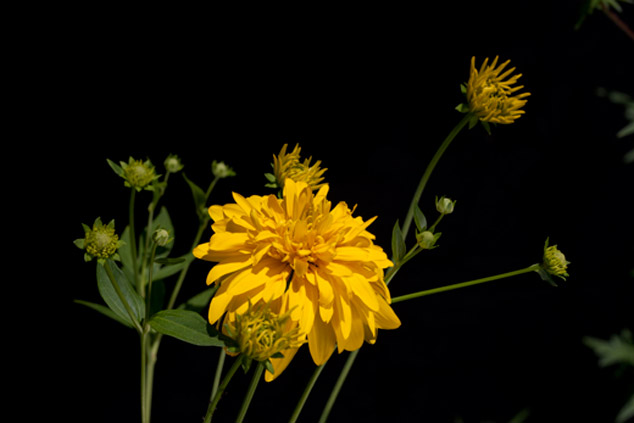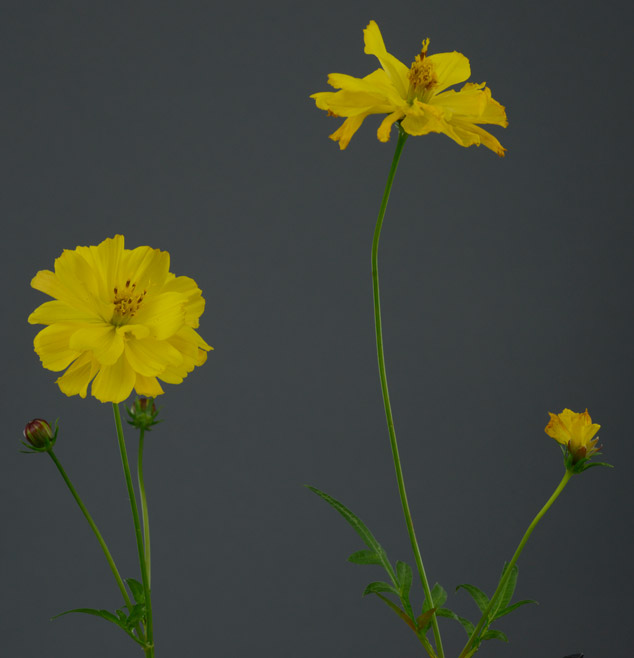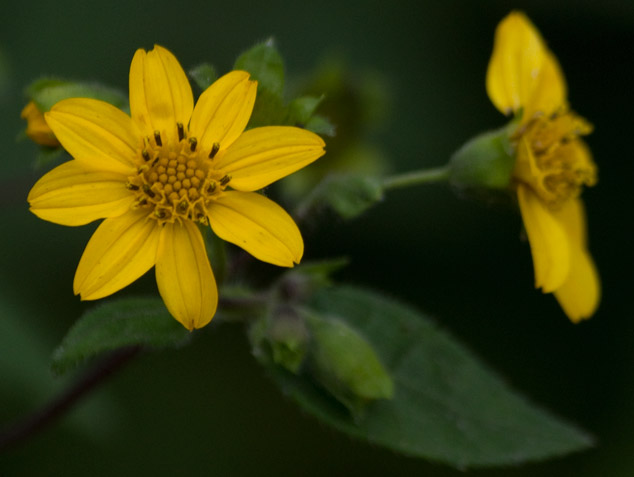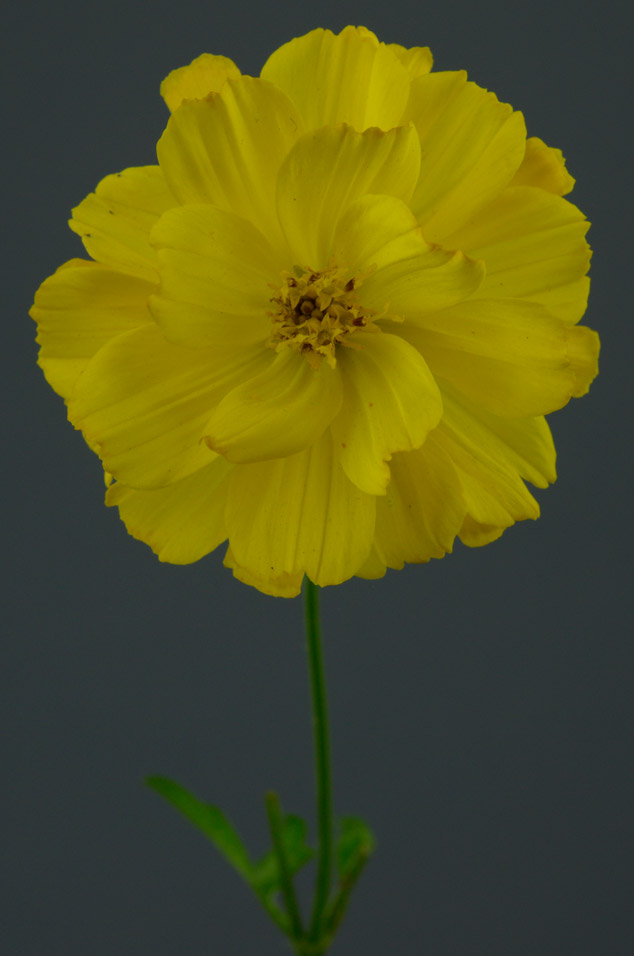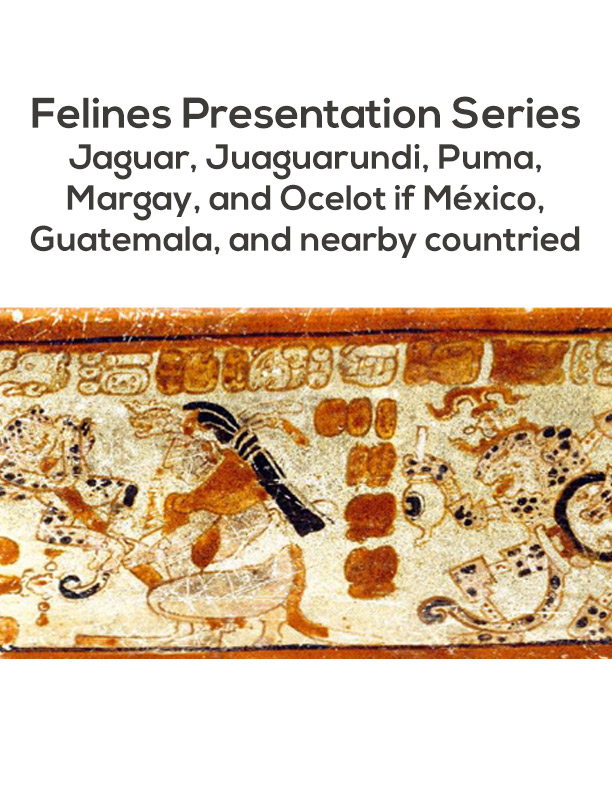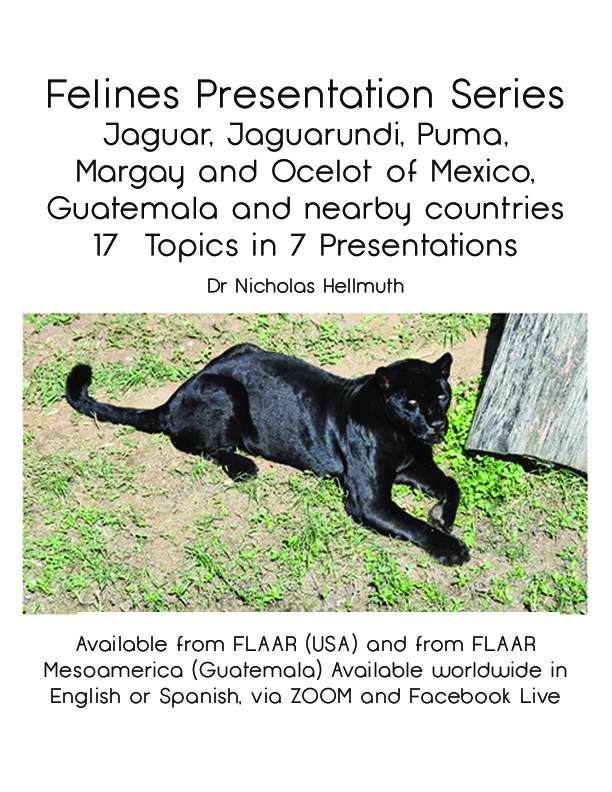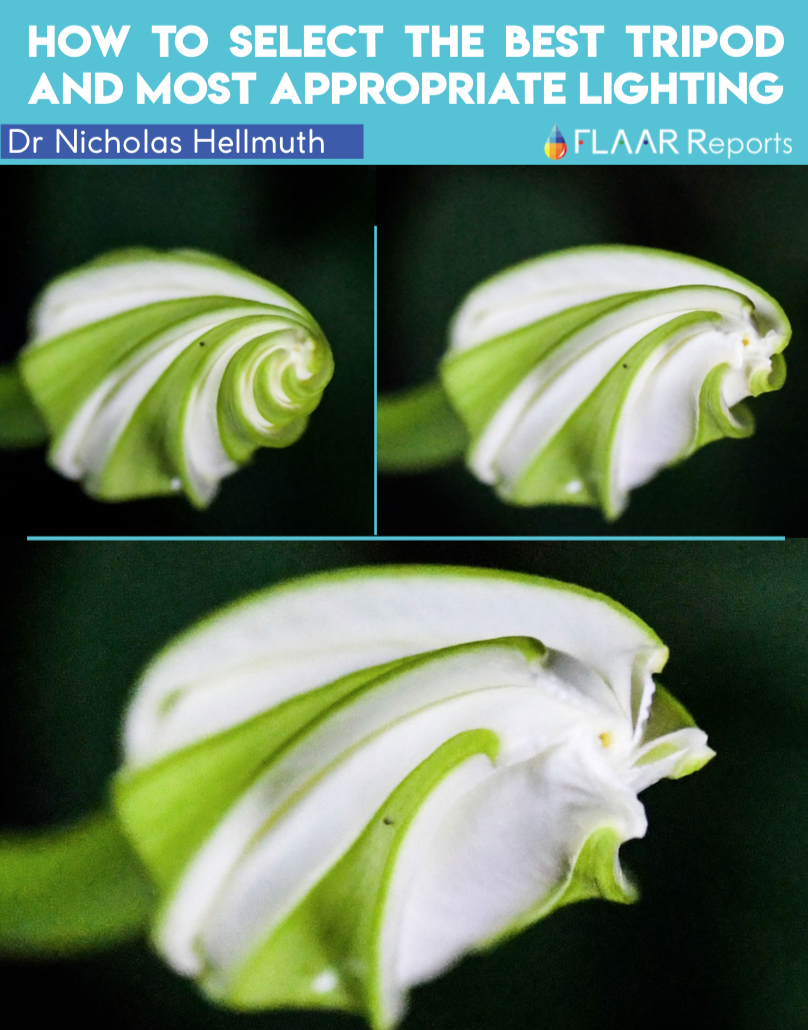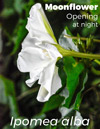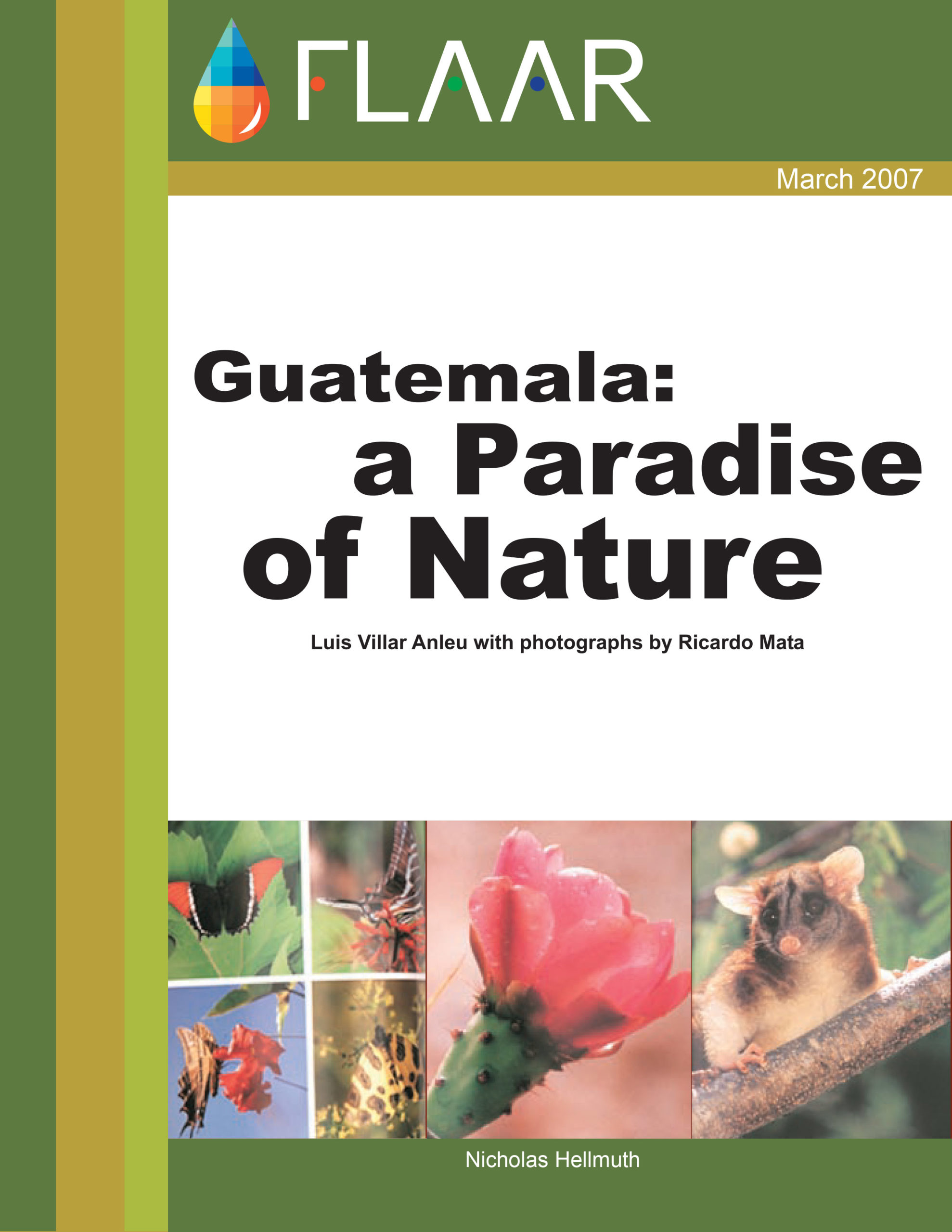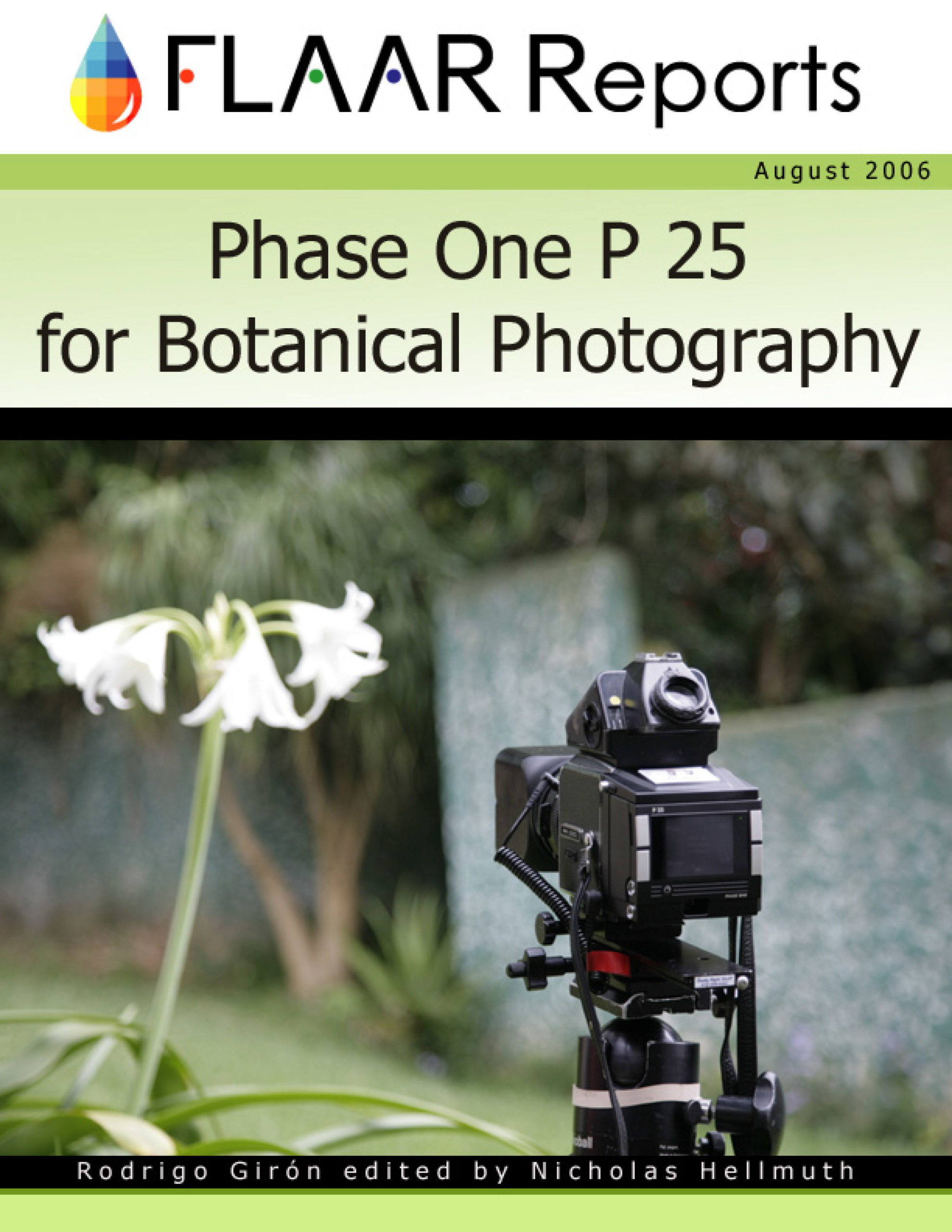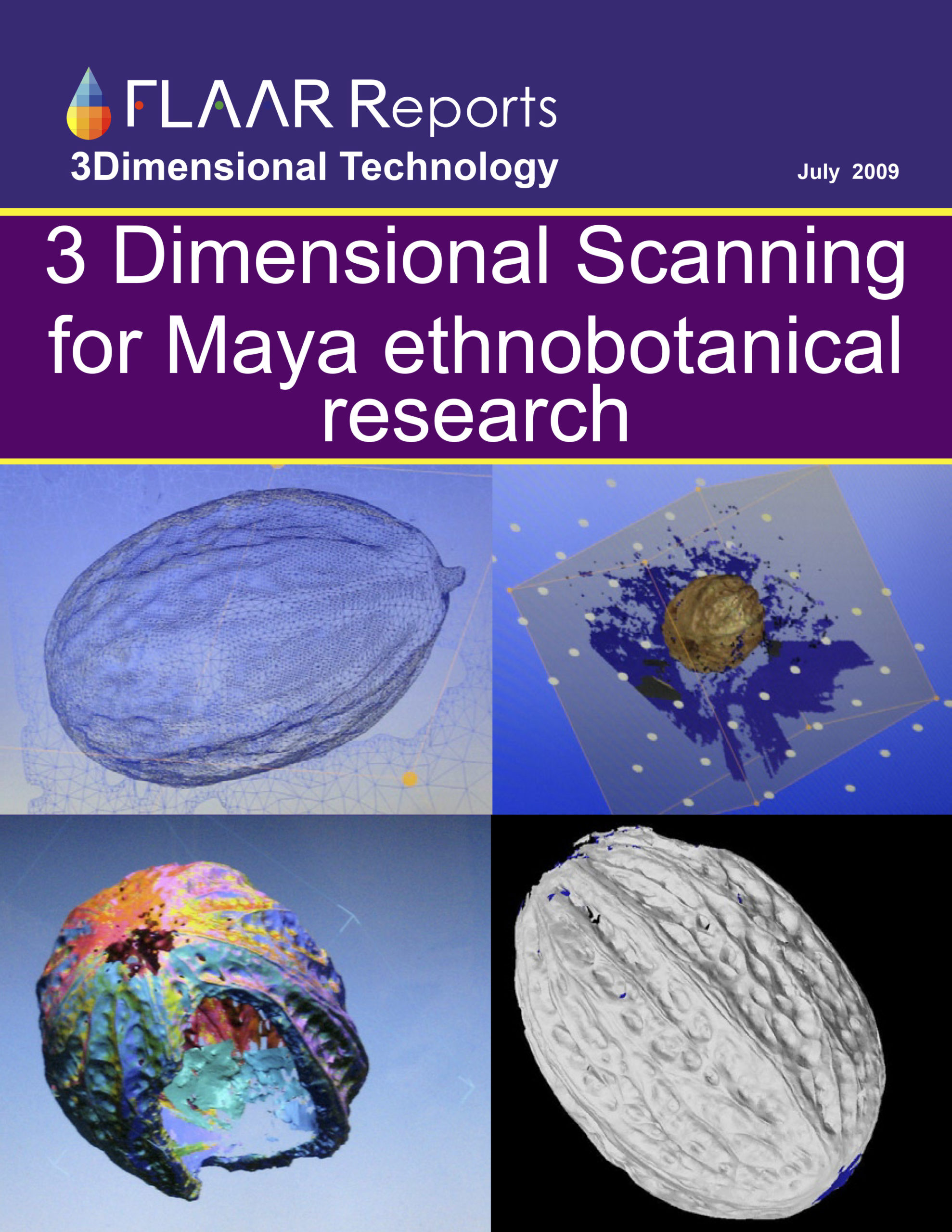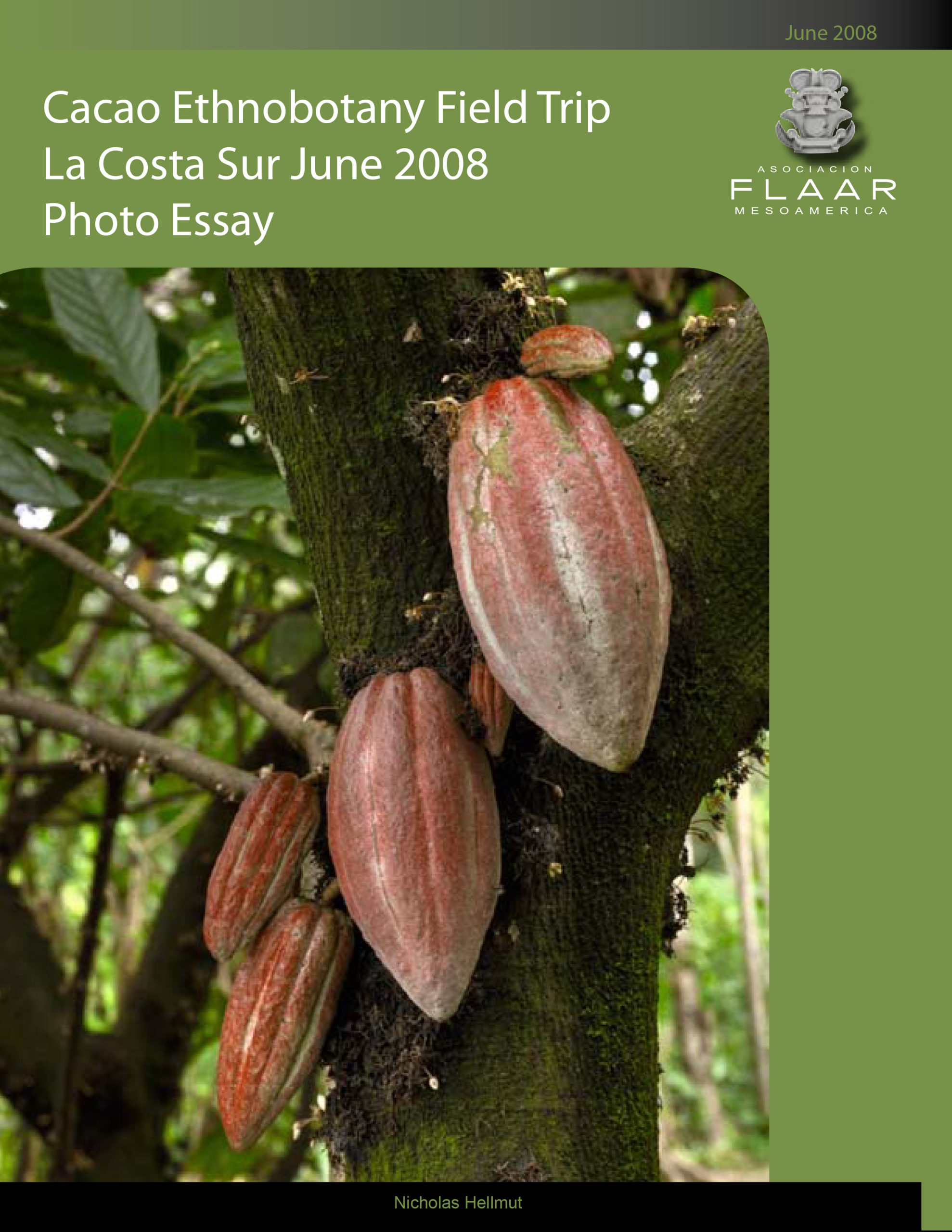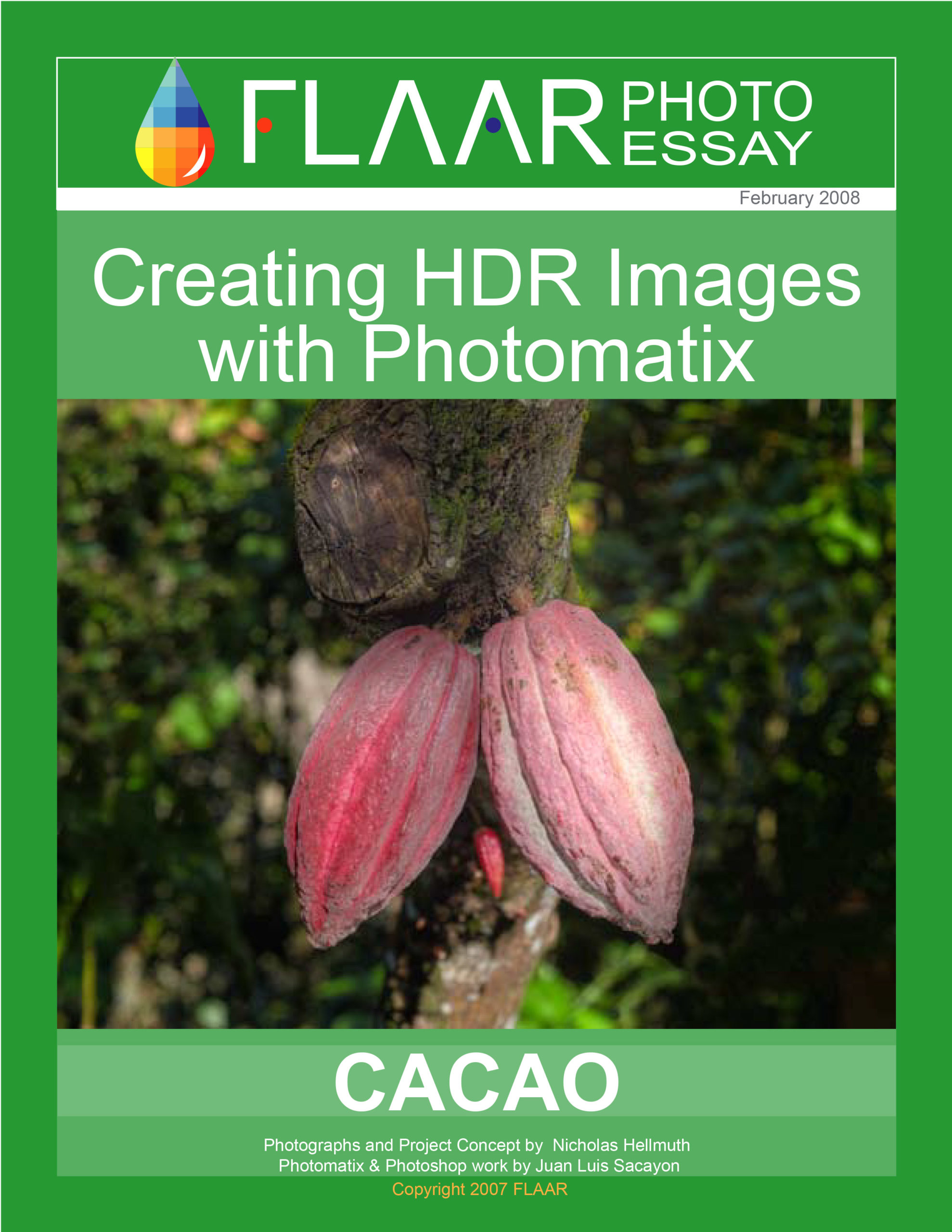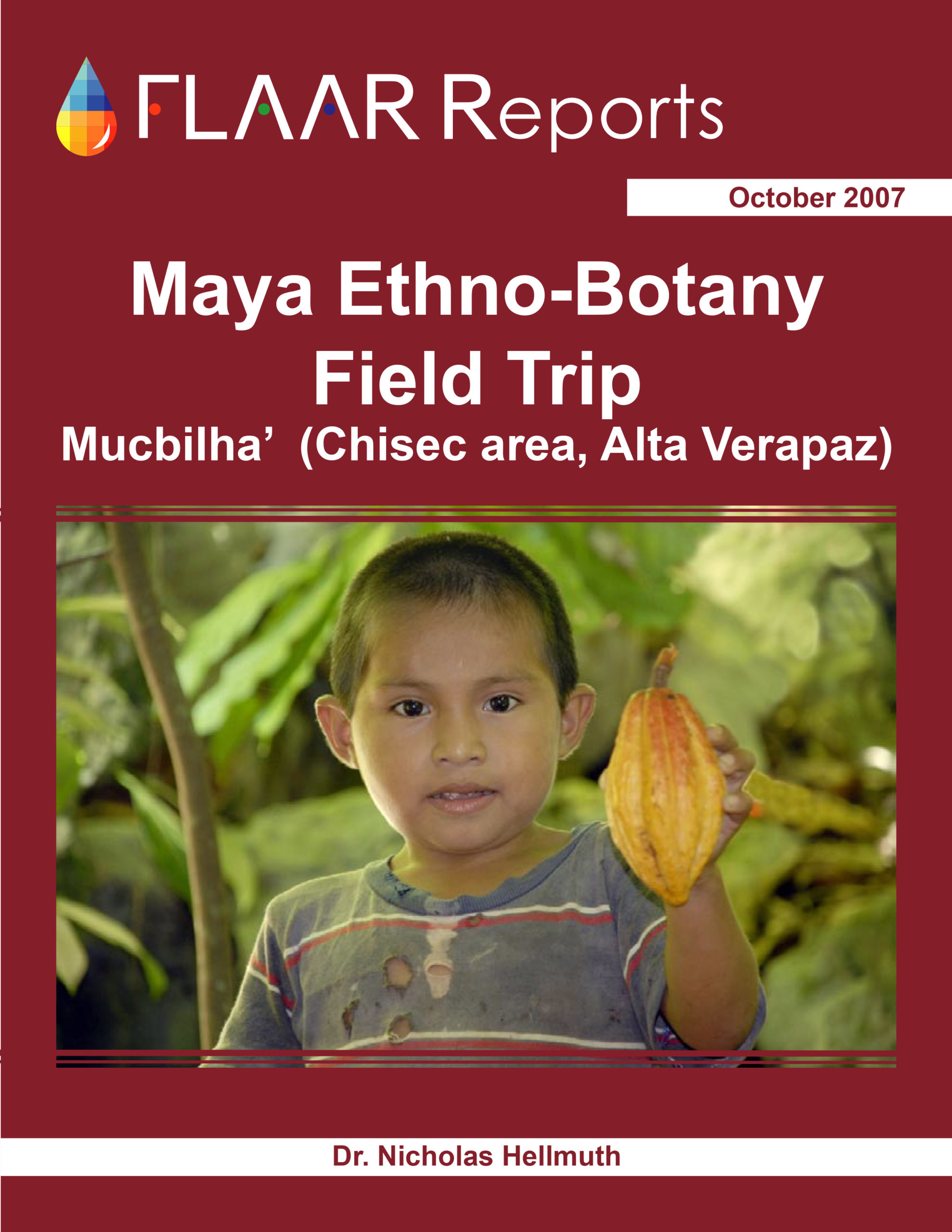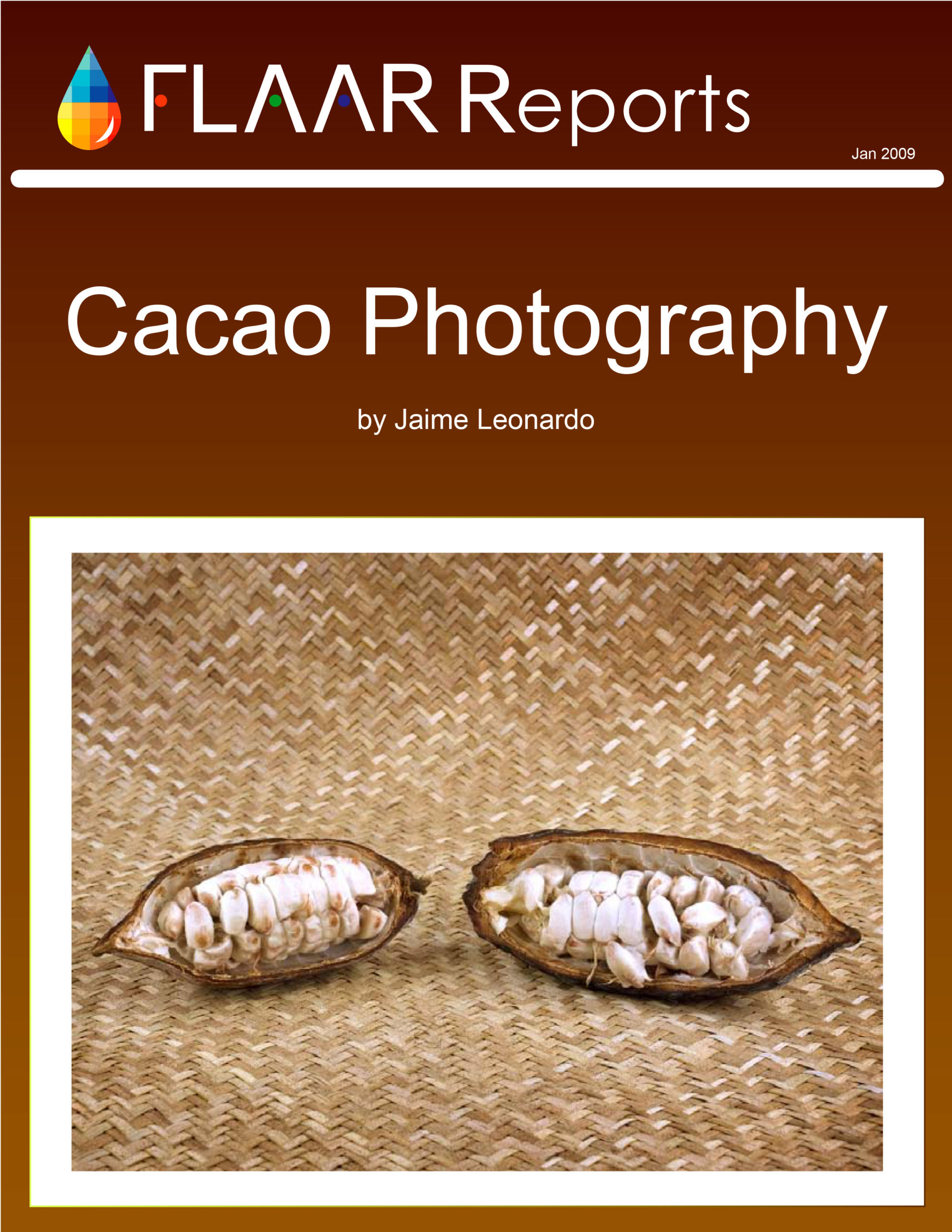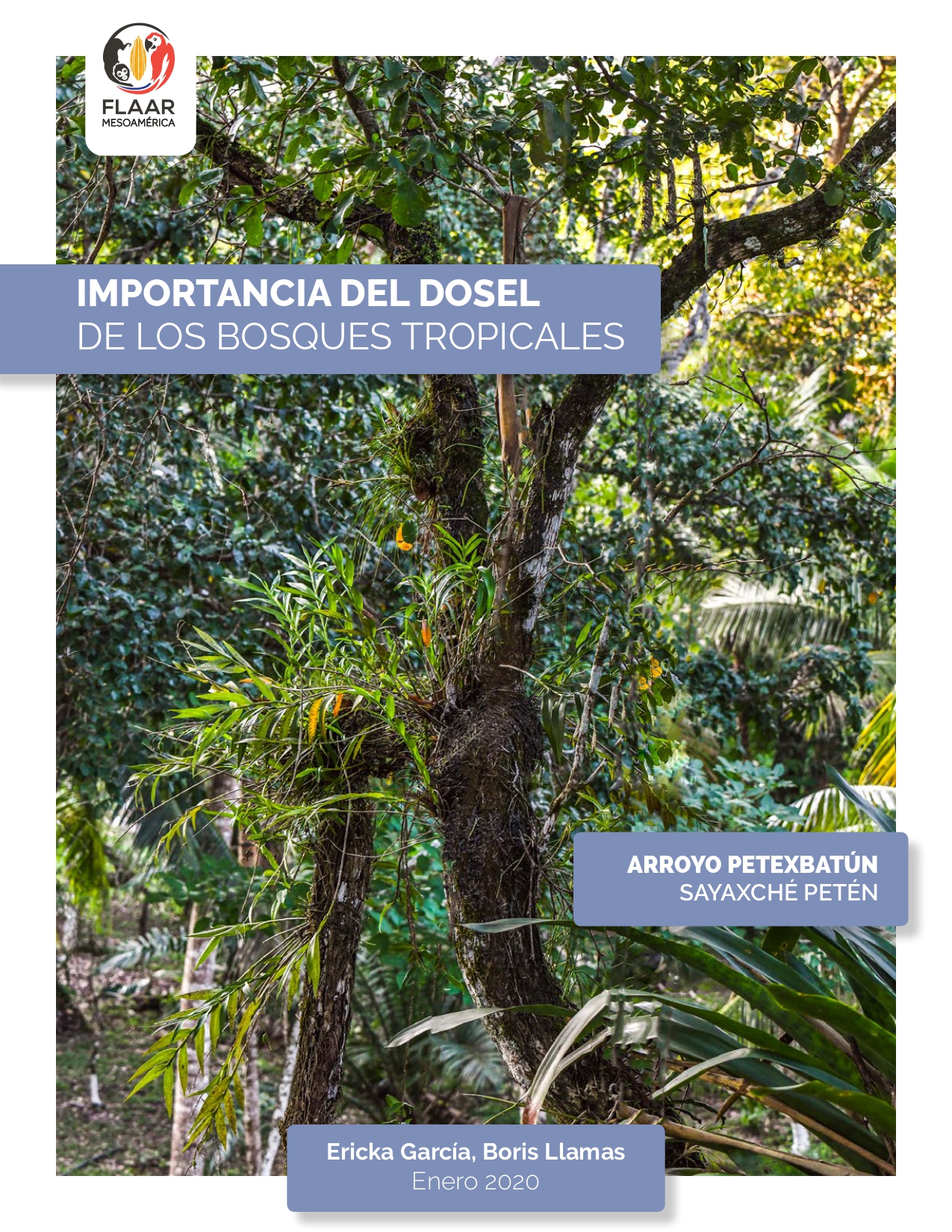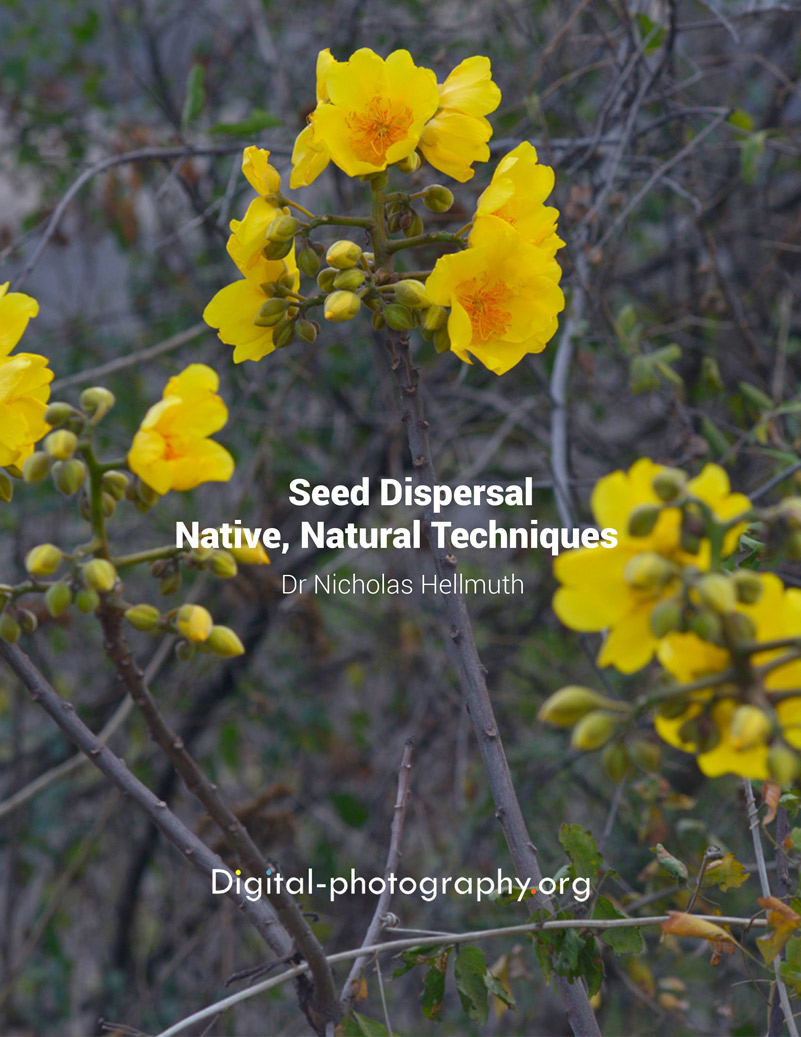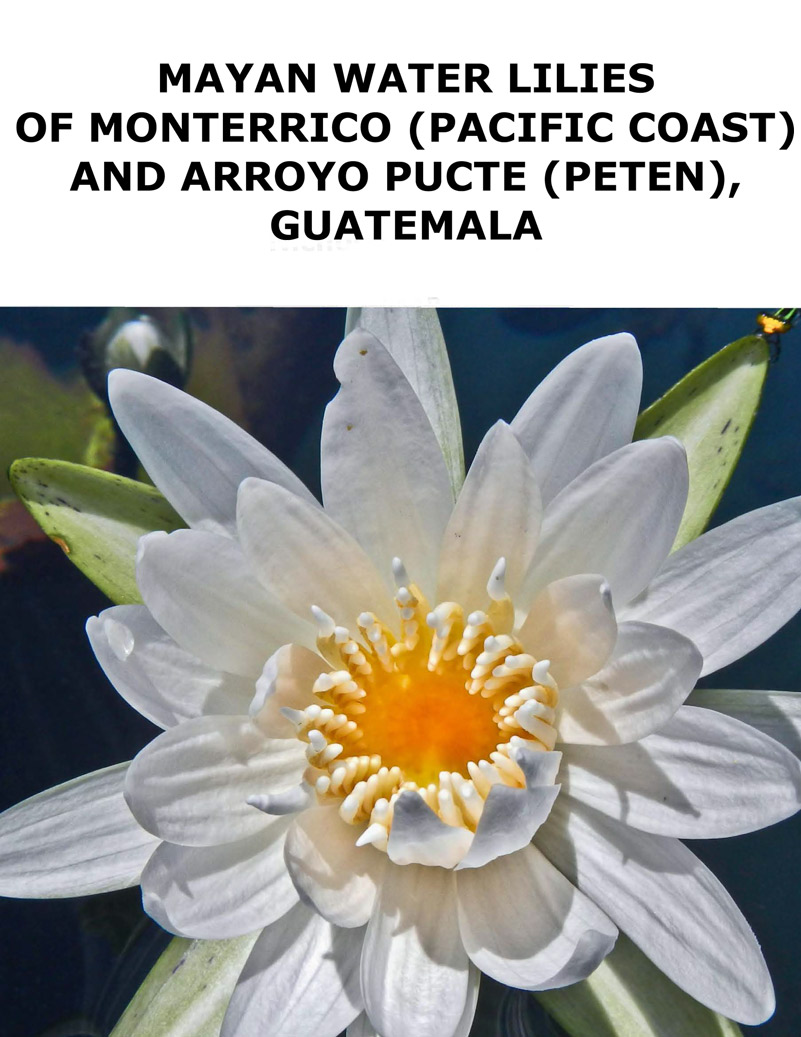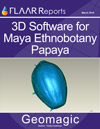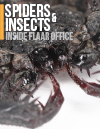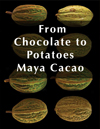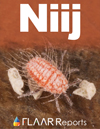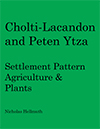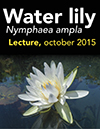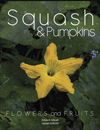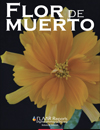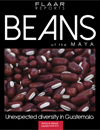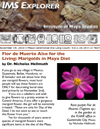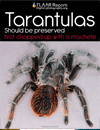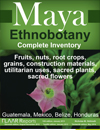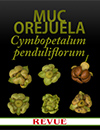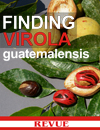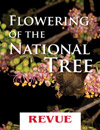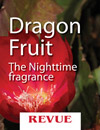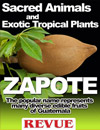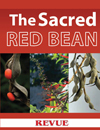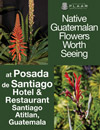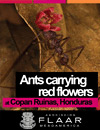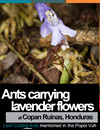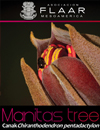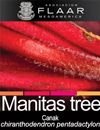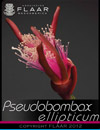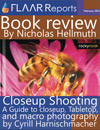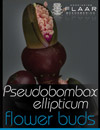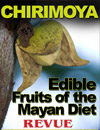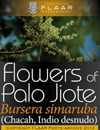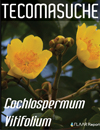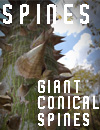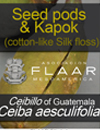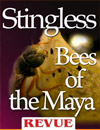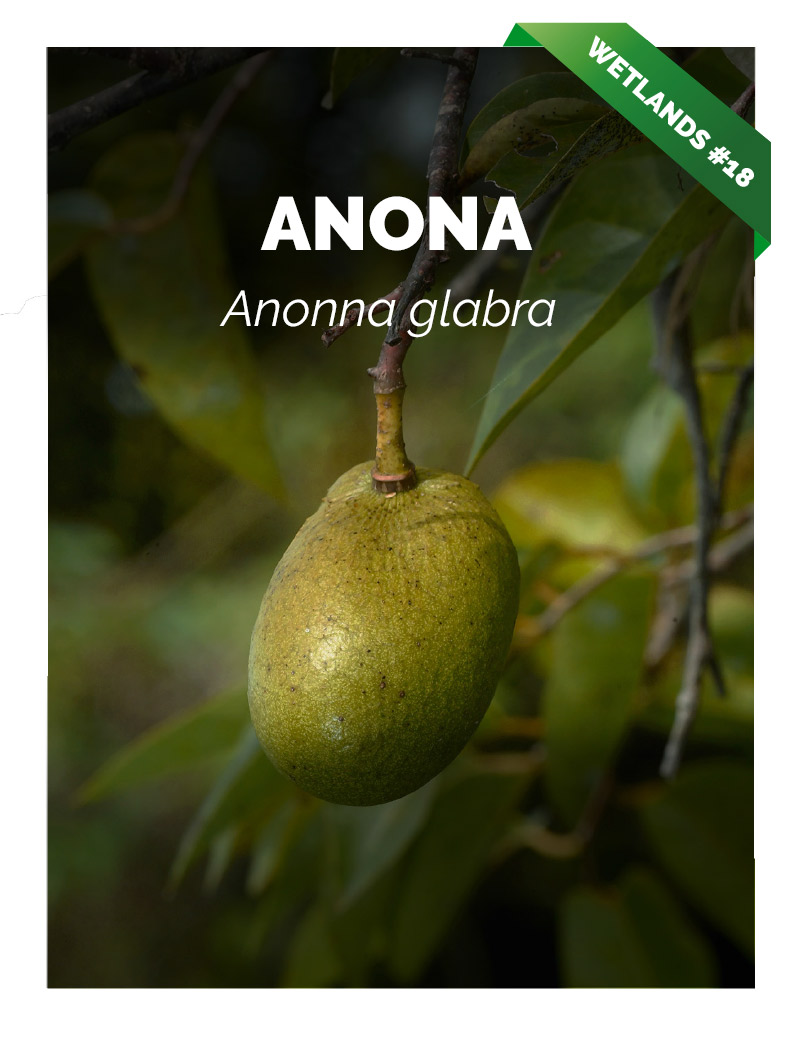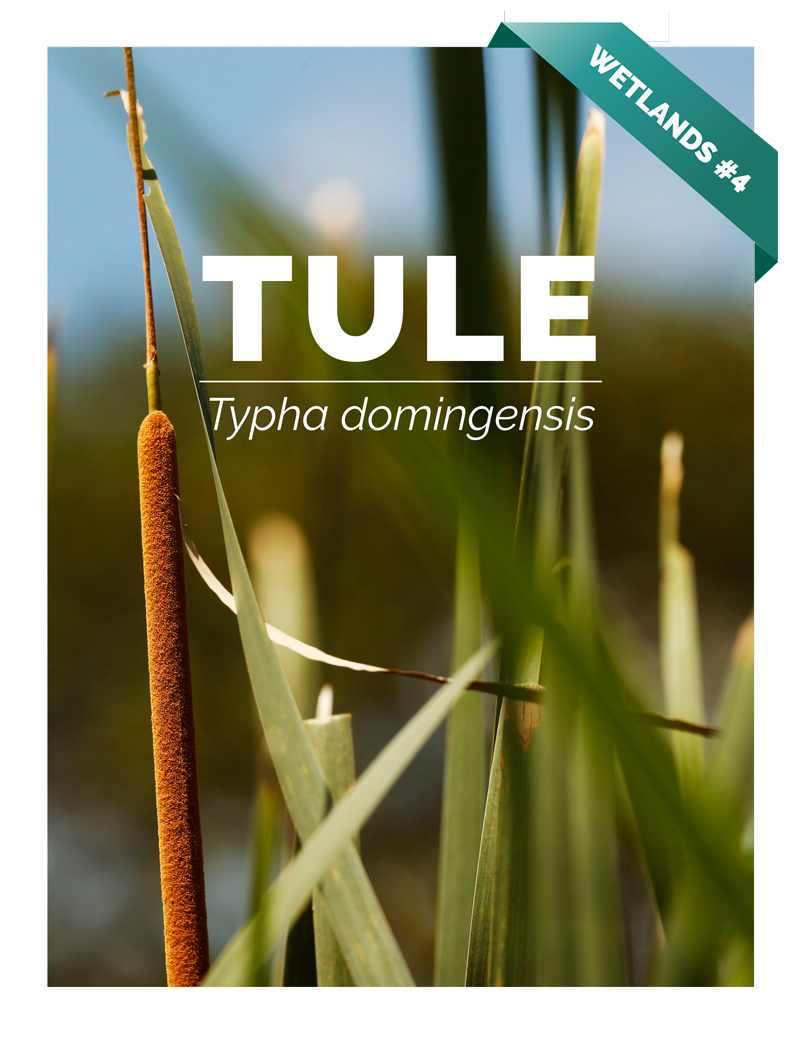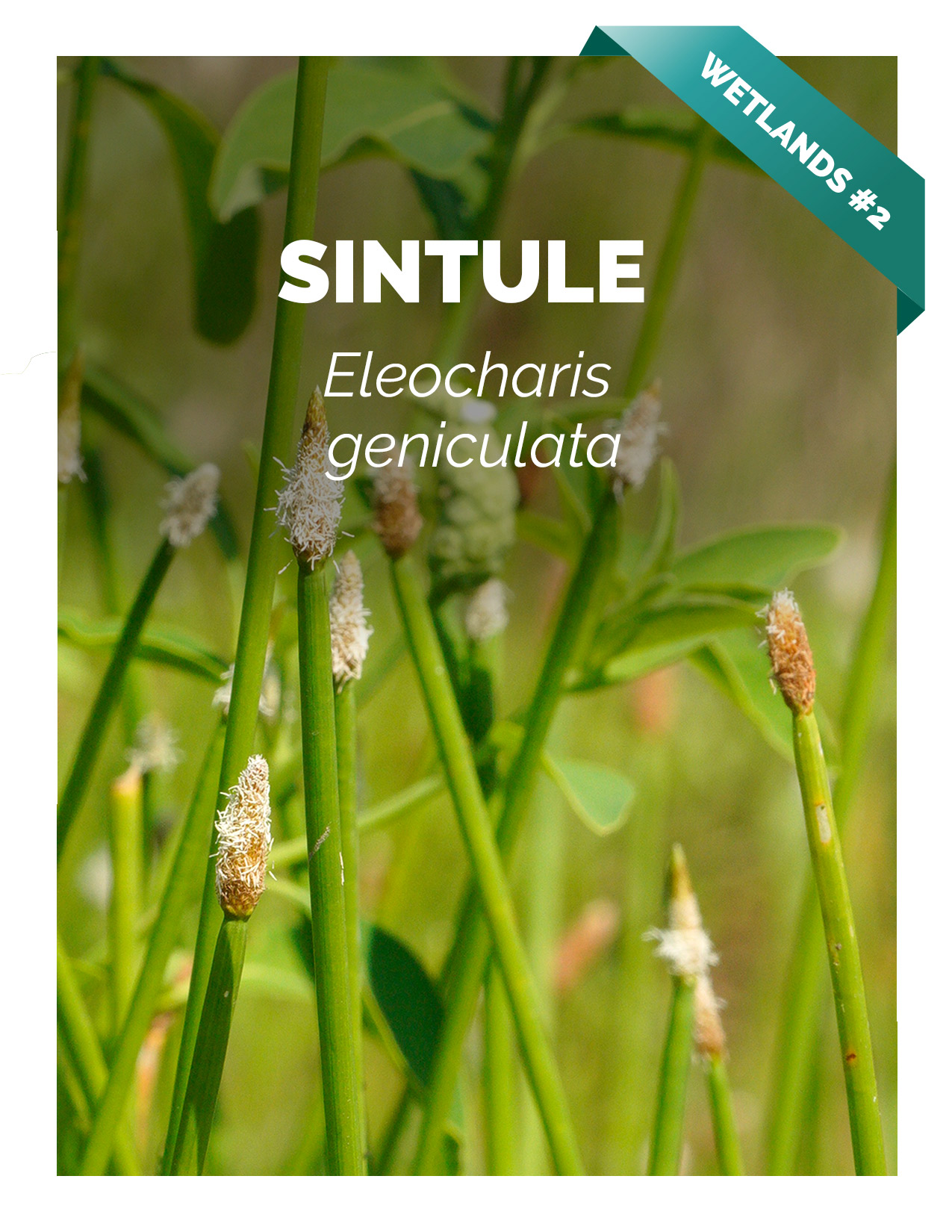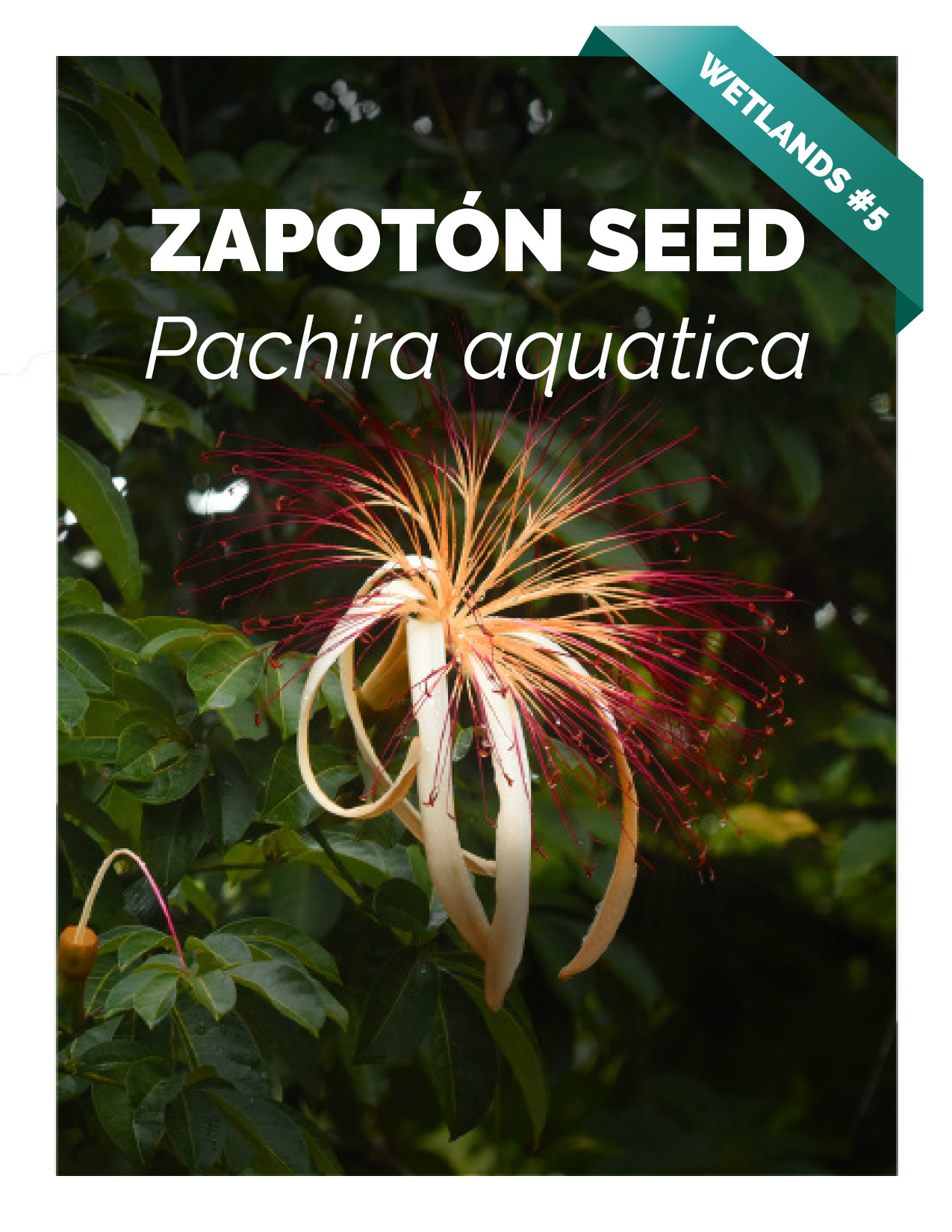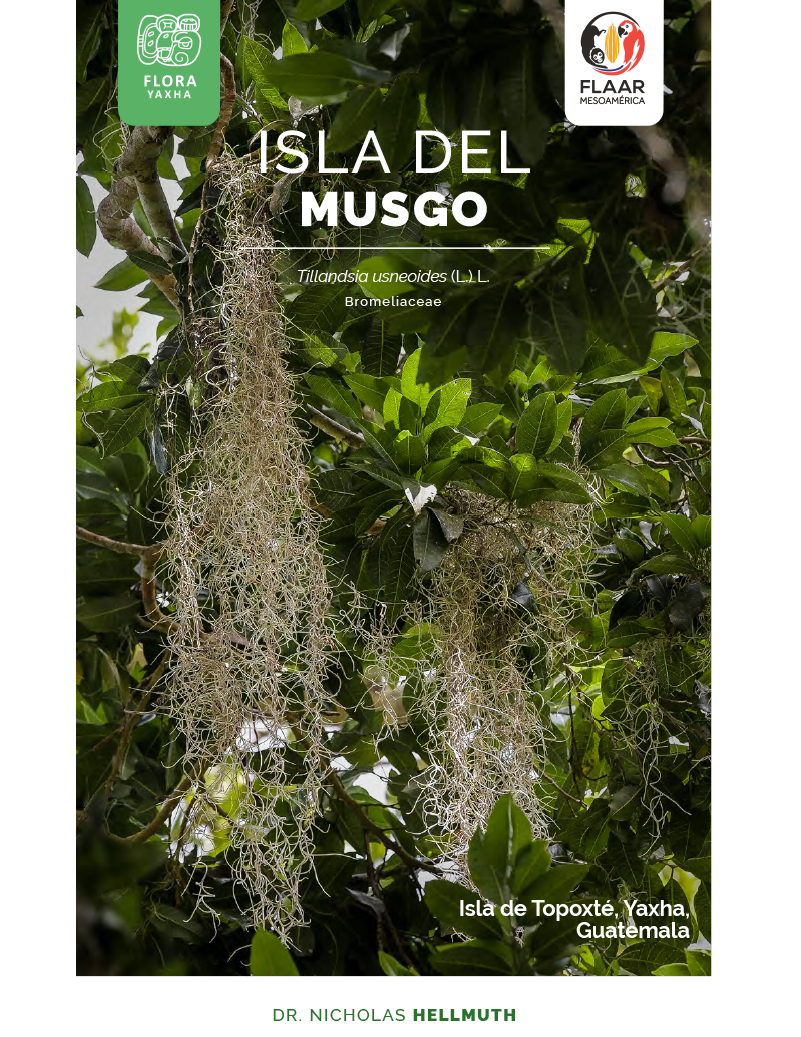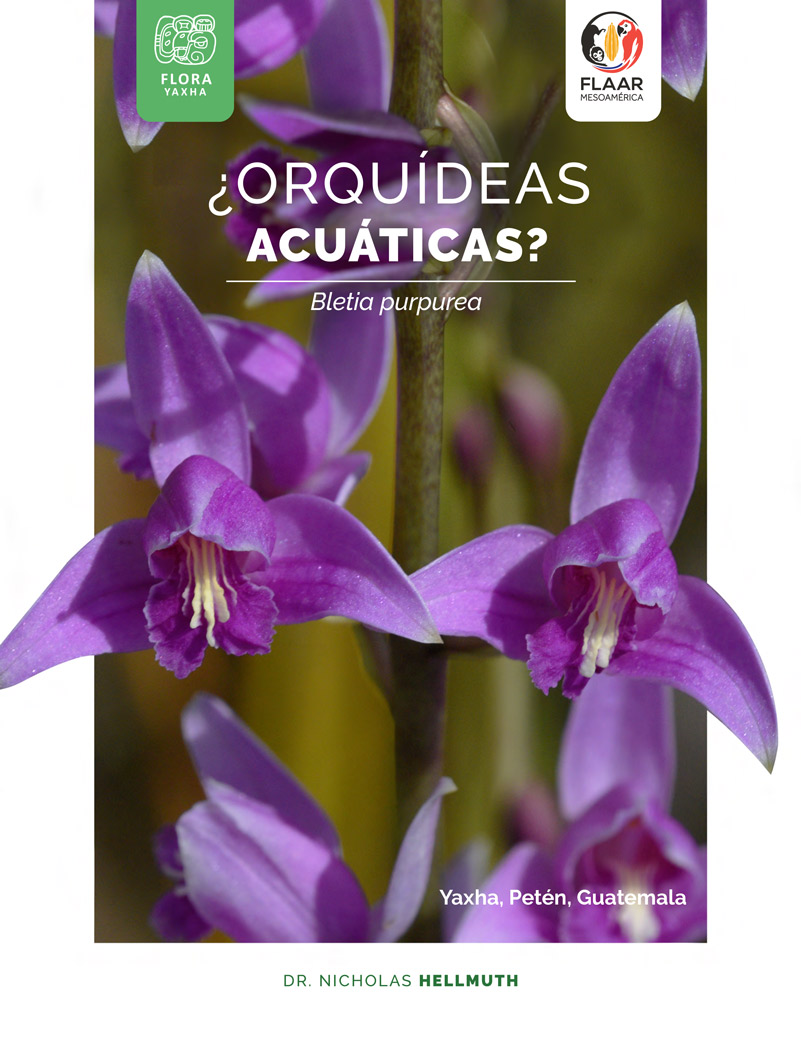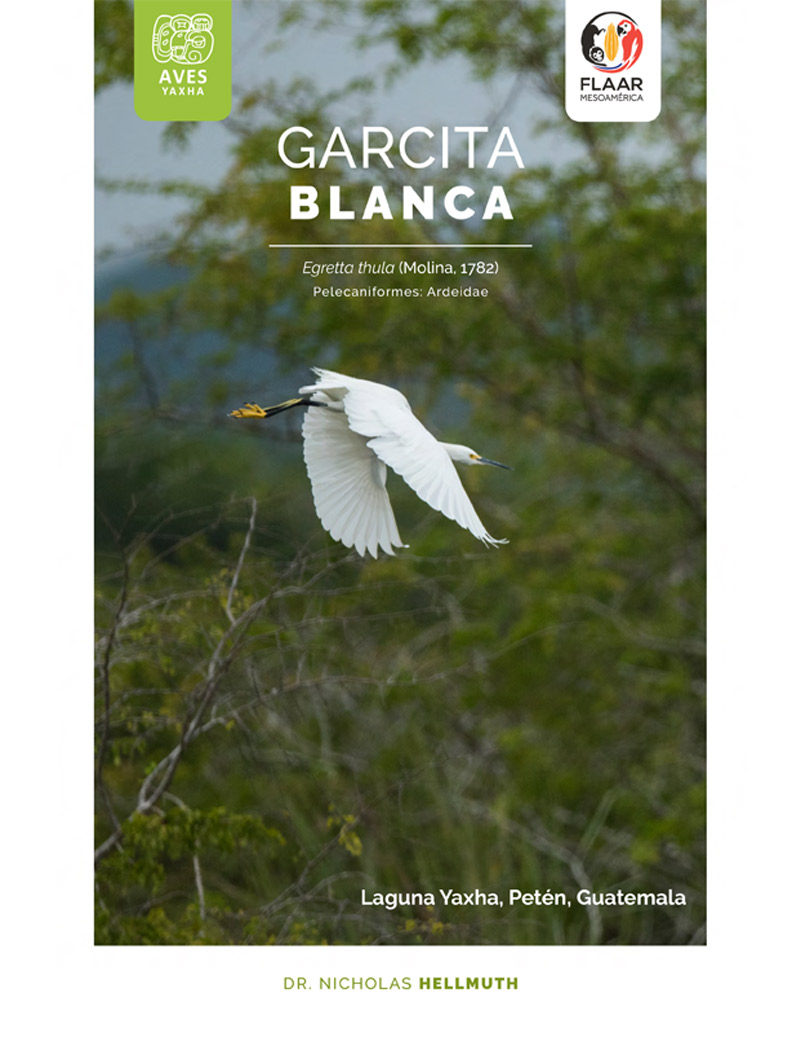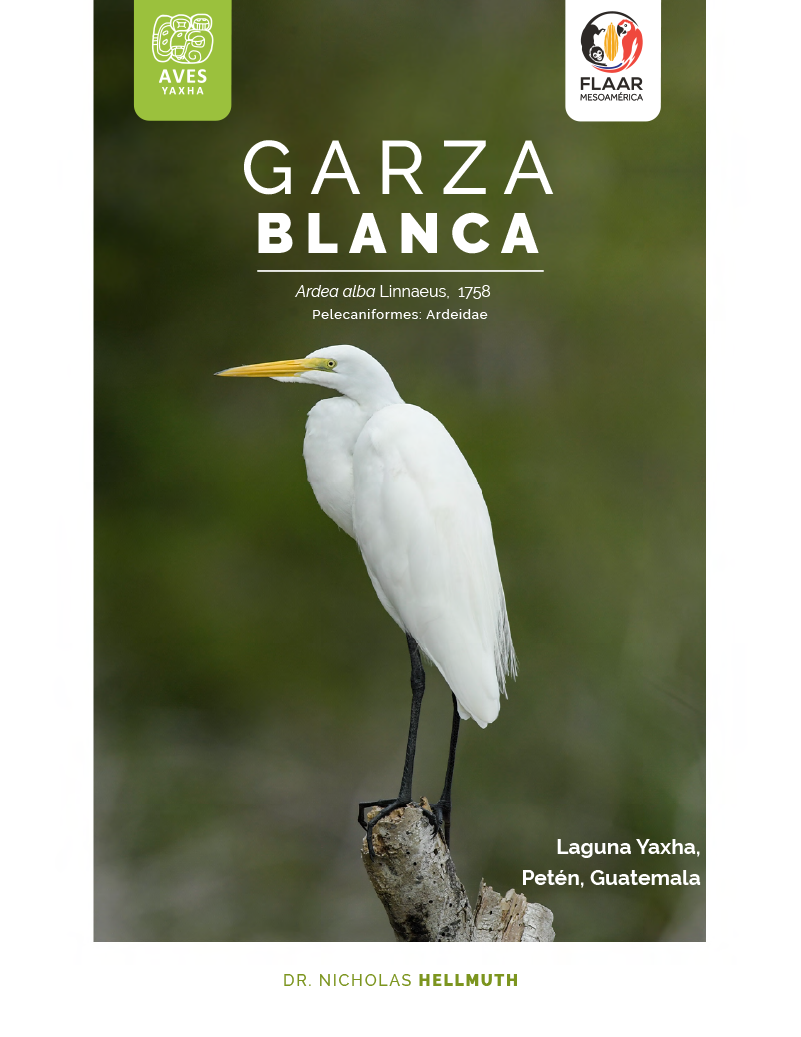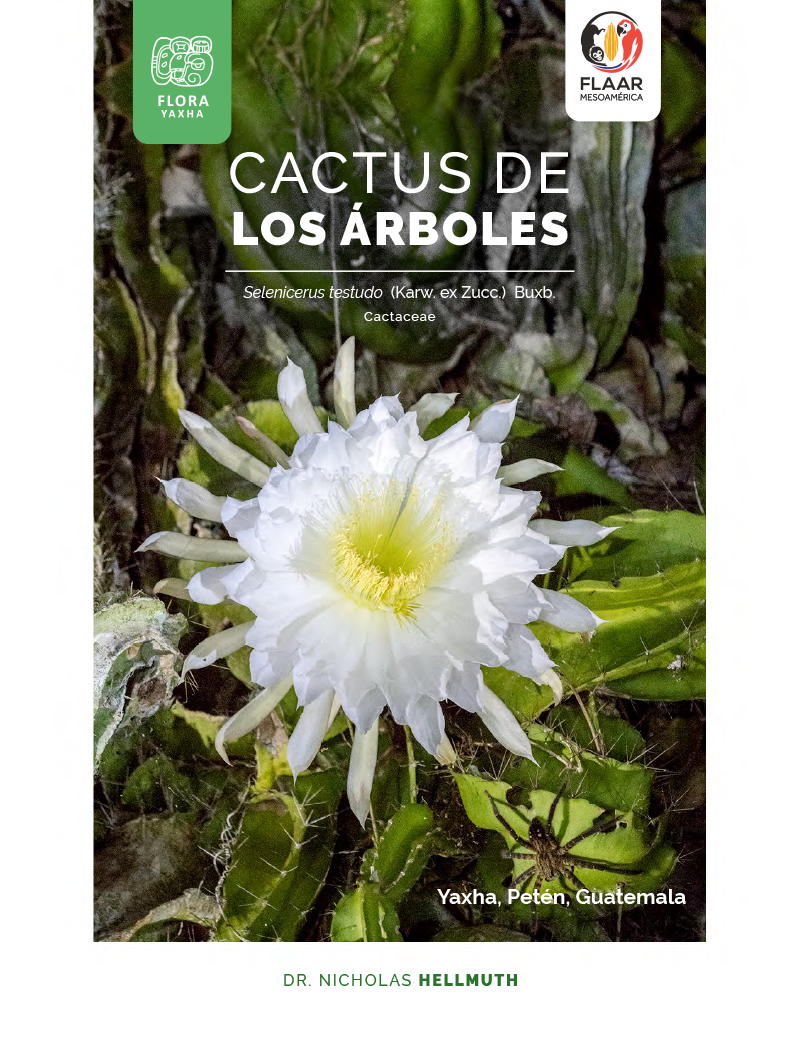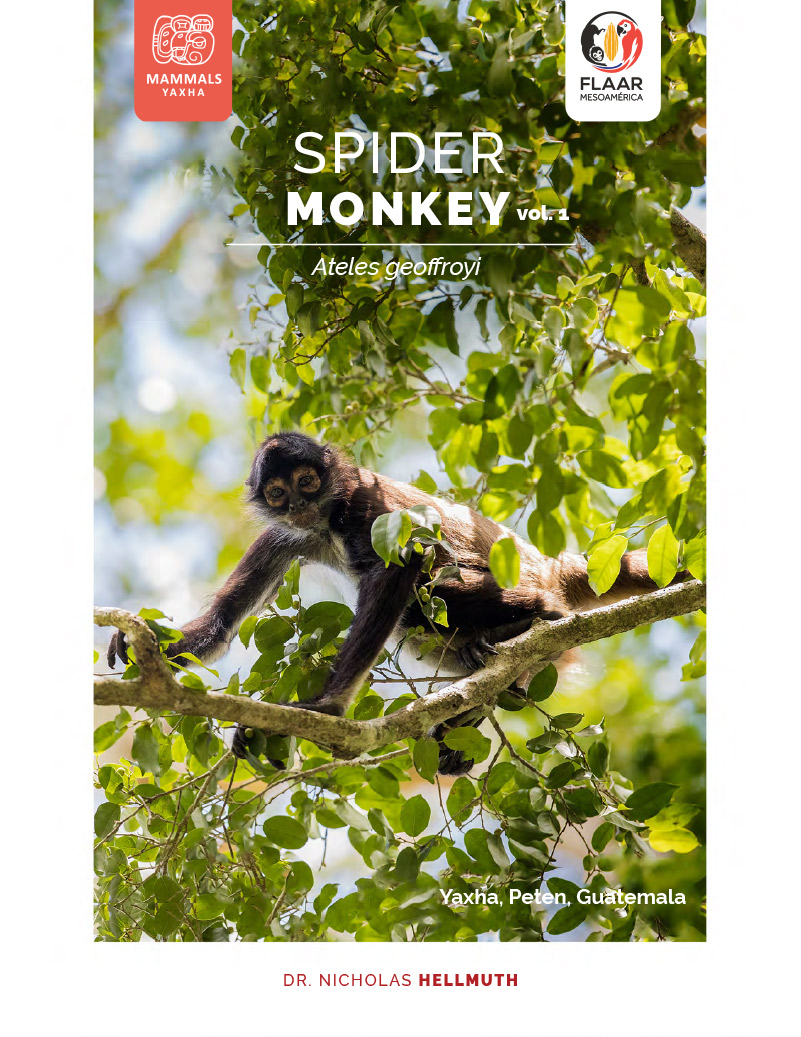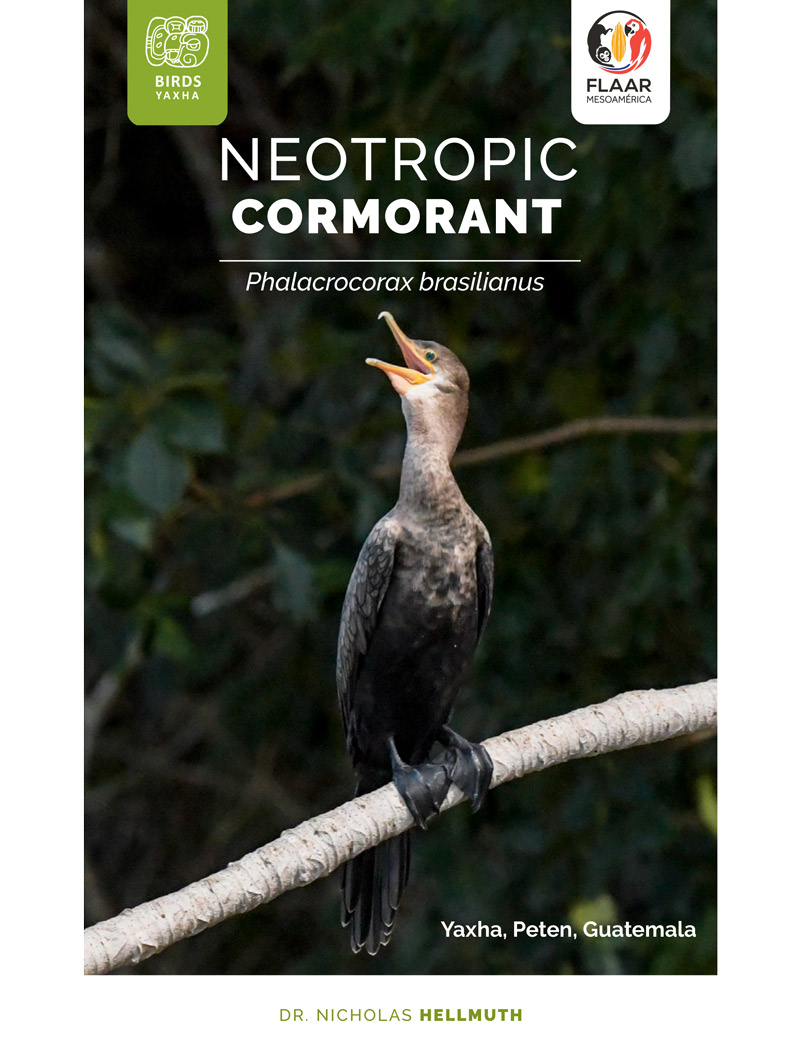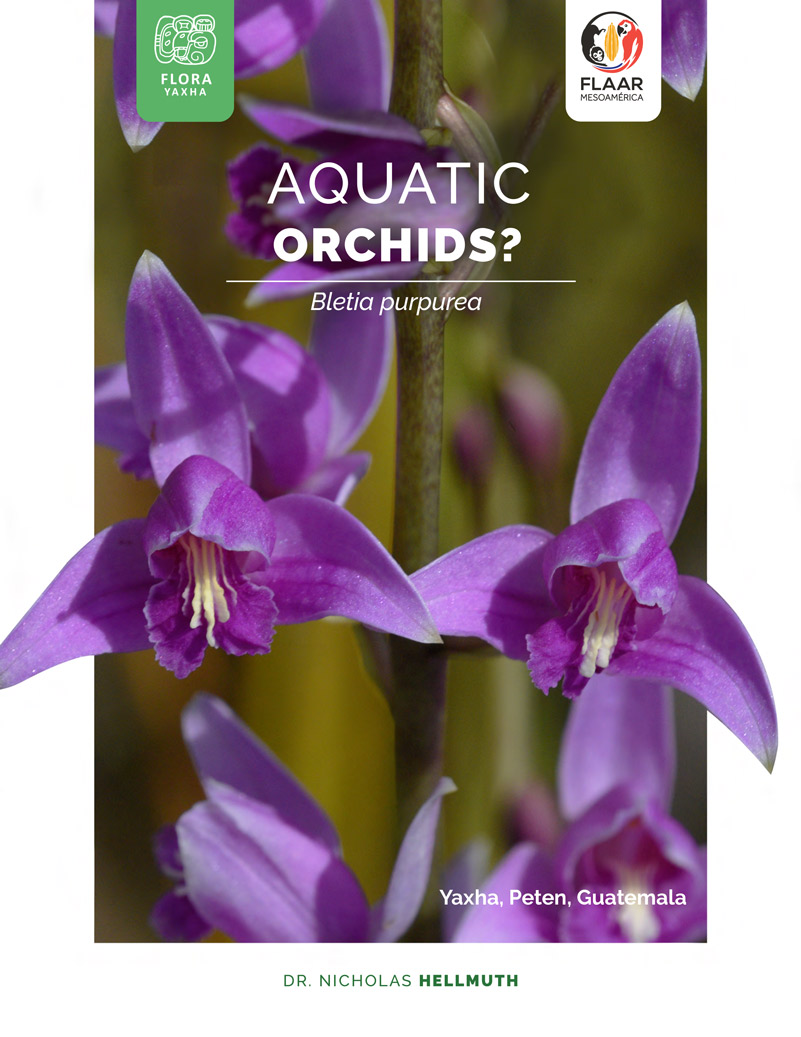Flower of DEATH, or flower of flavor?
The marigold in the diet and pharmacy of the Maya and Aztec
The pretty marigold flower, which most of the world knows as a common garden plant, is actually best known as Flower of the Dead (Flor de Muerto), or, flower associated with dead people. This flower is commonly used on the Day of the Dead, especially in areas still practicing local Maya, Aztec, and associated rituals.
Tagetes erecta Flor de cempasuchil Godines, El Estor photo by Sofia Monzon.
Yet the same flower is a perfume for lovers, an incense for the shamans, an ingredient in drinks, and as an additive to tobacco. Extract of marigold, as an oil, is widely sold on the internet for massage.
Actually one biologist lists uses of marigold which include estimulante and as an afrodisiaco. Now perhaps you understand why the Aztec enjoyed smoking and drinking marigolds.
So you can ask your companion for a massage with marigold oil, or sit together and enjoy a cacao drink with marigold additives! I have not tried either, but I would estimate that the result is similar: eventual pregnancy!.
Tagetes erecta, marigold flor de muerto, El Estor photo by Sofia Monzon.
Also realize that some parts of some utilitarian plants are also used as insecticide. Indeed, if you spend hours reading biological studies on marigolds you quickly learn that a minor dose is lethally toxic to a rat (http://www.medicinatradicionalmexicana.unam.mx/monografia.php?l=3&t=&id=7343)
Since preconceptions play a role in whether a plant substance is effective to change your mood, it is also worth realizing that the Aztec used a powder of Tagetes as an hallucinogen but also as a numbing chemical so the sacrificial victim would not realize he was being chopped to pieces as a human sacrifice to the gods.
When I began this research on utilitarian plants of the Maya, I had no idea whatsoever of the diverse uses of species of flowers of Tagetes species. Here is what I have learned, keeping in mind that there are 400 species in our list of plants, and so I have a lot of research still to accomplish.
Recognition of the diverse ethnobotanical uses of various species of marigold
- Marigold is an ingredient for cacao flavoring
- Marigold as an ingredient in balche (alcoholic drink)
- Marigold is an ingredient for smoking (cigars, pipes, etc)
- Marigold is an ingredient in incense
- Marigold is a significant colorant (for cloth for weaving).
- Marigold is medicinal for local Mesoamerican people: many recipes
- Marigold is a modern perfume
- Marigold is considered a stimulant and potentially as a aphrodisiac
Hmmm, it would seem that the perfume, stimulant, and comparable chemical aspects would tempt pre-Columbian people.
Lots of marigold species to study
Tagetes erecta El Estor photo by Sofia Monzon.
There are 30 species of Tagetes in Mexico (Serrato 2009:8) and probably over a dozen in Guatemala. Yet in the research reported upon in Diversidad biológica en Chiapas only two species were collected: T. lucida and Tagetes filifolia (González et al. 2005 392).
Tagetes lucida and Tagetes erecta are the species most frequently mentioned being used by people of Mesoamerica.
More study is needed to fully understand the use of marigold in Maya culture
Although two botanical dissertations have already been accomplished (Neher 1965 and Soule 1993) it would help to accomplish more field work in Mayan-speaking communities, both in Belize, Honduras, and Guatemala in addition to Mexico. For example, a complete list of words for this flower in all the Mayan languages would help:
- Yia in Quiche
- Kana cotzij eyan, Cakchiquel
- Xpuhuk, Yucatec Maya (Mercedes de la Garzo, 189),
- but there are 18 other Mayan languages missing!
marigold flower, El Estor photo by Sofia Monzon.
The Lacandon Maya use of plants has been researched but sadly a lot of the studies were by individuals who did not accurately identify the actual plants used. Plus there were mis-identifications of several plants associated with the birth of the gods. So be careful in the use of published Lacandon plant use. However it is clear that their use of marigold and tobacco are crucial for learning from the remnants of original Maya ethnobotanical applications.
The medicinal aspects of Tagetes species is well researched, but the use for incense and other applications is where the secrets will be revealed.
BIBLIOGRAPHY
- 1998
- Iconogaphy in Mexico's Day of the Dead. Ethnohistory 45.2(1998):181-218.
- 1965
- Monograph of the Genus Tagetes (compositae). Ph D. dissertation. Indiana University, Bloomington.
- 2002
- Herbs & Spices: The Cook's Reference. DK Publishing. 336 pages.
- 2005
- Diversidad biologica en Chiapas. Plaza y Valdes.
- 1999
- Raucherstoffe der Atem des Drachen. AT Verlag Aarau, Switzerland.
- 2005
- The Encyclopedia of Psychoactive Plants: Ethnopharmacology and Its Applications. 3rd Printing edition, Park Street Press, 944 pages.
- 2009
- Información documental sobre el taxa Tagetes para dimensionar su centro de origen y diversidad genética en México
- 1993
- Systematics of Tagetes (Asteraceae--Tageteae). Ph. D. dissertation. The University of Texas, Austin.
- 1993
- Medicinal and beverage uses of Tagetes (Tageteae: Compositae). Am. J. Bot. 80(6):177 (Abstr.).
- 1993
- Novel annual and perennial Tagetes. p. 546-551. In: J. Janick (ed.), Progress in new crops. ASHS Press, Arlington, VA
- 1993
- Indigo, Madder and Marigold: A Portfolio of Colors From Natural Dyes. Interweave Press. 127 pages.
- 1976
- Tagetes, in Flora Guatemala, Fieldiana Bot. 24: 380-386.
- 1981
- The Useful Plants of Central America. Ceiba 25(1/2):1-342.
- 2005
- Naked Chocolate: The astonishing truth about the world’s greatest food. North Atlantic Books. 256 pages.
- 1994
- The Chocolate Tree: A Natural History of Cacao, Smithsonian Institution Press, Washington D.C.
- 2007
- The Chocolate Tree: A Natural History of Cacao, Revised and expanded edition, Univ. of Florida Press.
www.biodiversidad.gob.mx/genes/centrosOrigen/Tagetes/1er_Informe/Primer%20informe%20Tagetes.pdf
Available on-line, www.hort.purdue.edu/newcrop/proceedings1996/v3-546.html
www.medicinatradicionalmexicana.unam.mx Covers dozens of species of Tagetes.
www.mexicolore.co.uk/aztecs/health/aztec-herbal-pharmacopoeia-part-1 Lists more sources than most web sites, so a bit better than merely copy-and-paste.
If you Google “edible flowers” you will get more books than we can list here!
First posted March 14, 2013.


